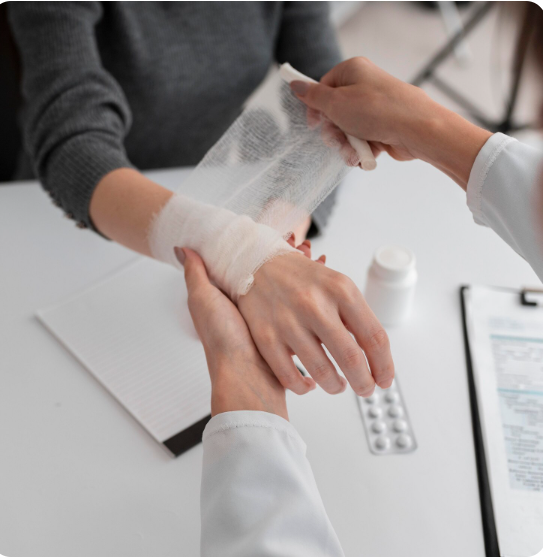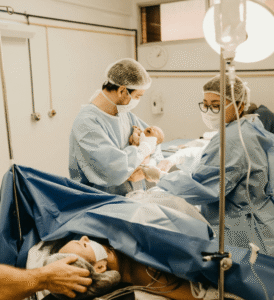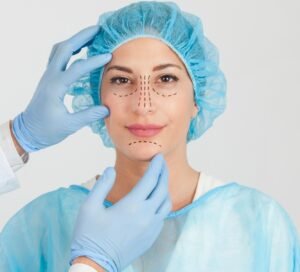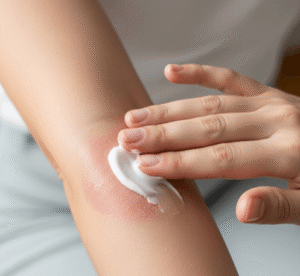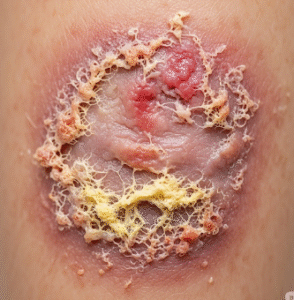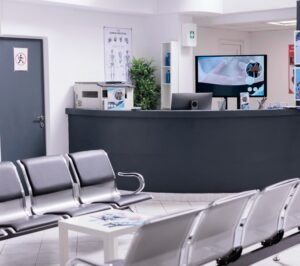Overview
Hand and finger fractures are common injuries resulting from trauma, sports, falls, or accidents. In Korea, advanced orthopedic and trauma care allows for precise diagnosis, effective treatment, and rehabilitation, minimizing long-term complications and restoring hand function.
What is Hand and Finger Fractures?
Hand and finger fractures refer to breaks in the bones of the hand (metacarpals) or fingers (phalanges). These injuries can range from simple cracks to complex, displaced fractures. Both adults and children can be affected, often requiring specialized orthopedic care to ensure proper healing and preserve mobility.
Symptoms
- Severe pain at the site of injury
- Swelling and bruising
- Deformity or misalignment of fingers or hand
- Difficulty moving the affected finger or hand
- Numbness or tingling if nerves are affected
- Visible bone protrusion in open fractures
Causes
- Falls onto an outstretched hand
- Sports injuries, particularly contact sports
- Work-related trauma or machinery accidents
- Direct blows or crushing injuries
- Repetitive stress or overuse (stress fractures)
Risk Factors
- Participation in high-risk sports
- Occupational hazards involving machinery or manual labor
- Osteoporosis or weakened bones
- Previous fractures in the hand or fingers
- Age (children and older adults are more susceptible)
Complications
If not properly treated, hand and finger fractures can lead to:
- Chronic pain or stiffness
- Malunion or nonunion of the bone
- Limited range of motion or reduced grip strength
- Nerve or tendon damage
- Osteoarthritis in the affected joints
Prevention
- Wear protective gear during sports or high-risk activities
- Practice safe techniques when lifting, catching, or handling objects
- Maintain strong bones through adequate calcium and vitamin D intake
- Follow safety protocols in workplaces with machinery or tools
- Early medical evaluation for minor injuries to prevent worsening
Treatment Options in Korea
In Korea, treatment depends on the type and severity of the fracture:
- Immobilization:
- Splints or casts are applied to stabilize simple fractures and allow natural healing.
- Reduction and realignment:
- Closed or open reduction procedures correct displaced bones.
- Surgical intervention:
- Severe fractures may require internal fixation with pins, plates, or screws, performed in major hospitals like Samsung Medical Center, Asan Medical Center, and Seoul National University Hospital.
- Pain management:
- Medications and anti-inflammatory therapy reduce discomfort during recovery.
- Physical therapy and rehabilitation:
- Hand therapy restores mobility, strength, and dexterity after immobilization or surgery.
- Follow-up care:
- Regular imaging and check-ups ensure proper bone healing and prevent complications.

